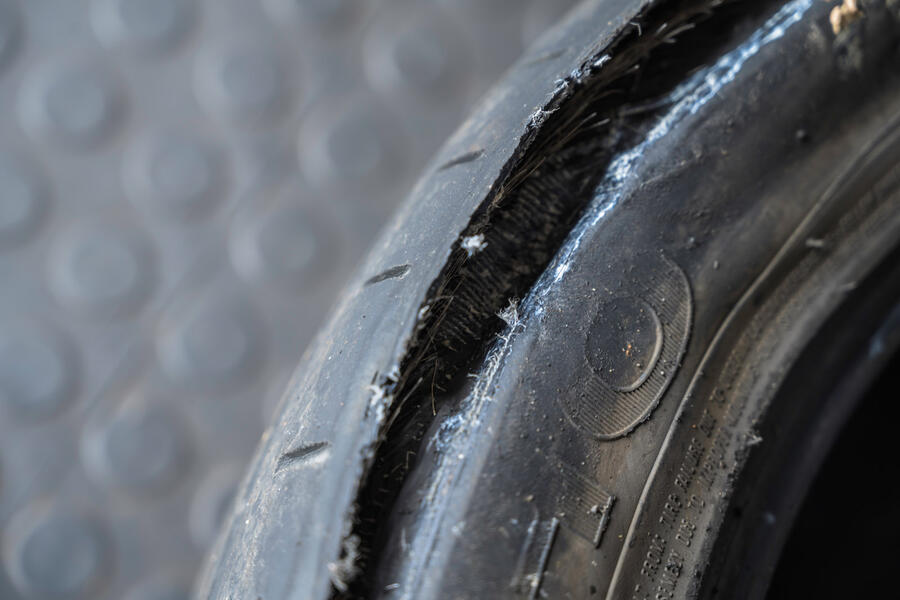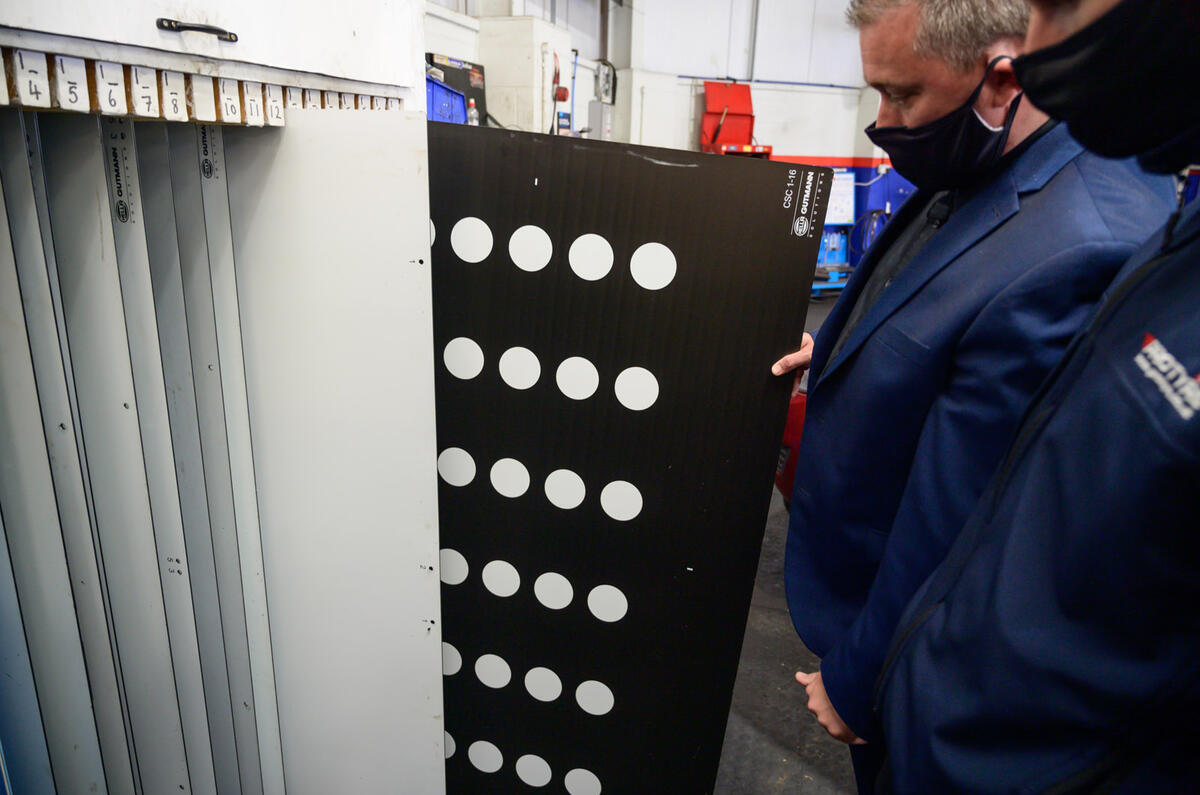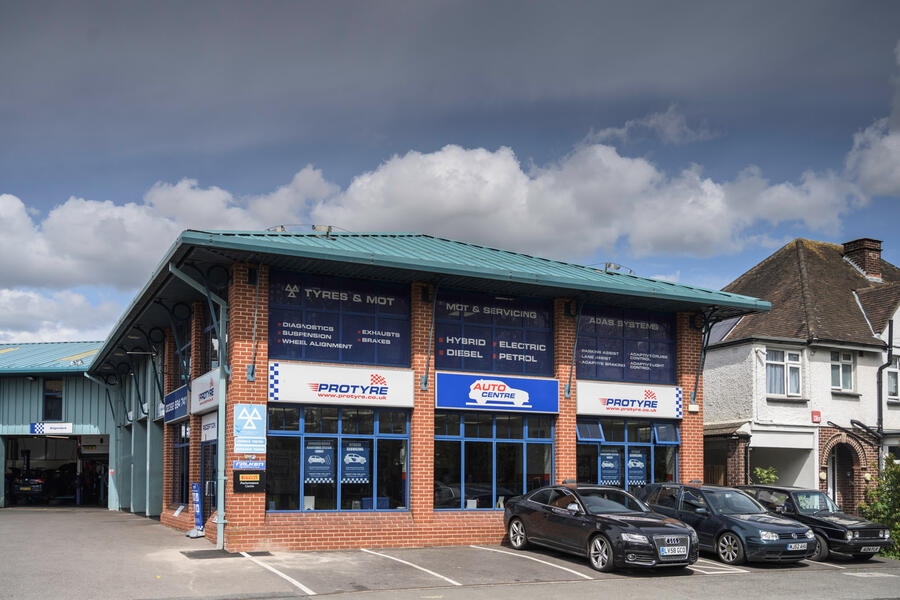When it comes to tyres, Jamie Smeeth has seen it all. He’s the manager of Protyre in Portsmouth, one of 160 depots in a nationwide network. But even he is shocked by a tyre taken off a customer’s car this morning. Around its inside shoulder is a long split that’s wide enough to put your fingers in. Just above it, the cords that support the tyre are exposed.
Worryingly, the driver had no idea his tyre was like this. Smeeth turns it over and, in truth, it doesn’t look so bad: worn, yes, but not to the wear blocks. How did it get that nasty split?
“Probably a slow puncture,” says Smeeth. “As the tyre goes down, it spreads out, allowing the wheel to rub the shoulder, causing it to split. The car’s tyre-pressure monitoring system will have flagged up the pressure change, but people don’t always pay attention to it.”
I’ve always been wary of tyre depots and fitters. Their posters warning you of the perils of not checking your tyres, of extended braking distances in the wet if you don’t splash out on premium rubber and, while you’re here, let us check your tracking (for a price) feel like cynical attempts to frighten us into parting with cash. Is there really a significant difference between budget, mid-range and premium tyres? Oh yes, I thought: the profit the depot makes. But this split tyre has genuinely shocked me – as well as Smeeth and his boss, area manager Matt Ansell.
Protyre’s Portsmouth team change around 9500 tyres each year. Some of those have serious splits, like the one that we’ve just seen, but more of them have suffered premature wear caused simply by poor front-wheel alignment or incorrect castor angles on the rears.

If the wheel is pointing or toeing out, the tyre wears on its inside shoulder, but toeing in on the outer shoulder is easier to spot. To check for the former, Smeeth suggests that, once a week, before switching off the engine, you park your car with the steering on full lock to expose the front tyres’ inner shoulders. It’s common sense, really. Premature wear caused by under- or over-inflation are among the other issues that cross Smeeth’s path. The former is the more frequent issue and noticeable by wear on the shoulders but relatively little on the centre. The reverse is true of an over-inflated tyre.














Join the debate
Add your comment
Anyhow, I think it should be made illegal to drive with heavily under or over inflated tyres. I know people who overinflate their tyres on purpose believing this reduces fuel consumption.
This maybe true about the article,but, there are thousands of drivers out there who haven't a clue or bother to find out about the information on the Tyre, they just go get knew ones, either fit what's recommended or the cheapest.
Maybe I am a bit slow and can't read, but the title doesn't seem to bear much resemblance to the text?
The EU introduced new tyre labelling in May 2021, but this isn't mentioned in the text, only the DOT codes which I think have been on tyres for many years?